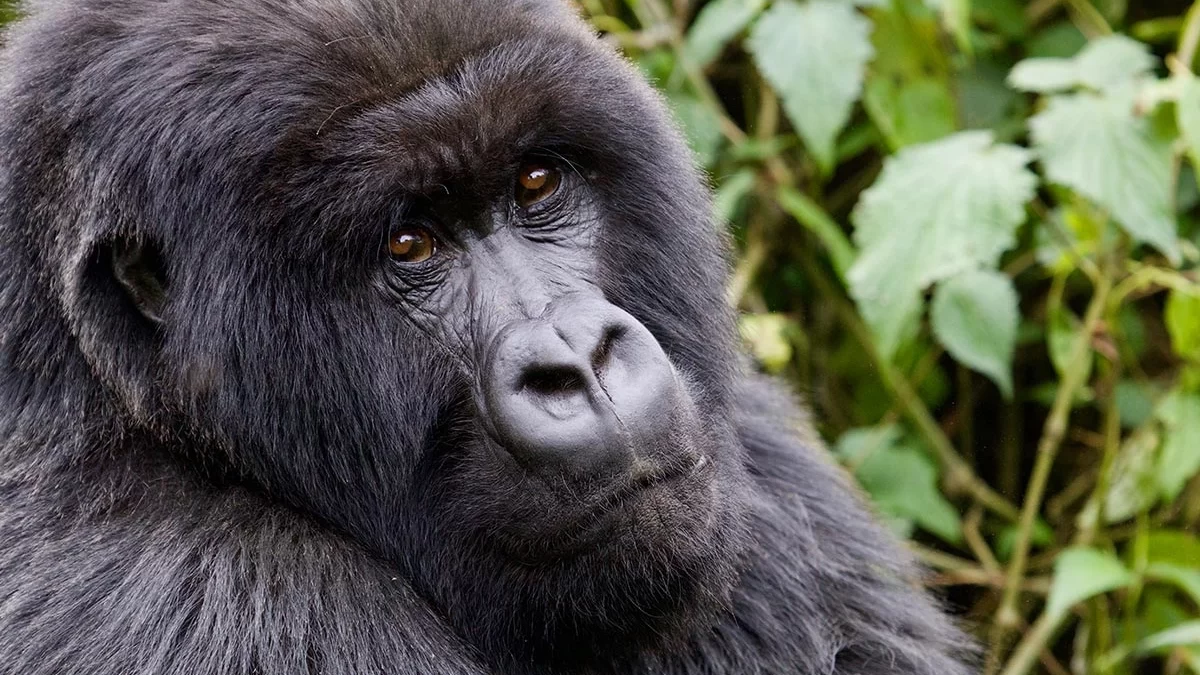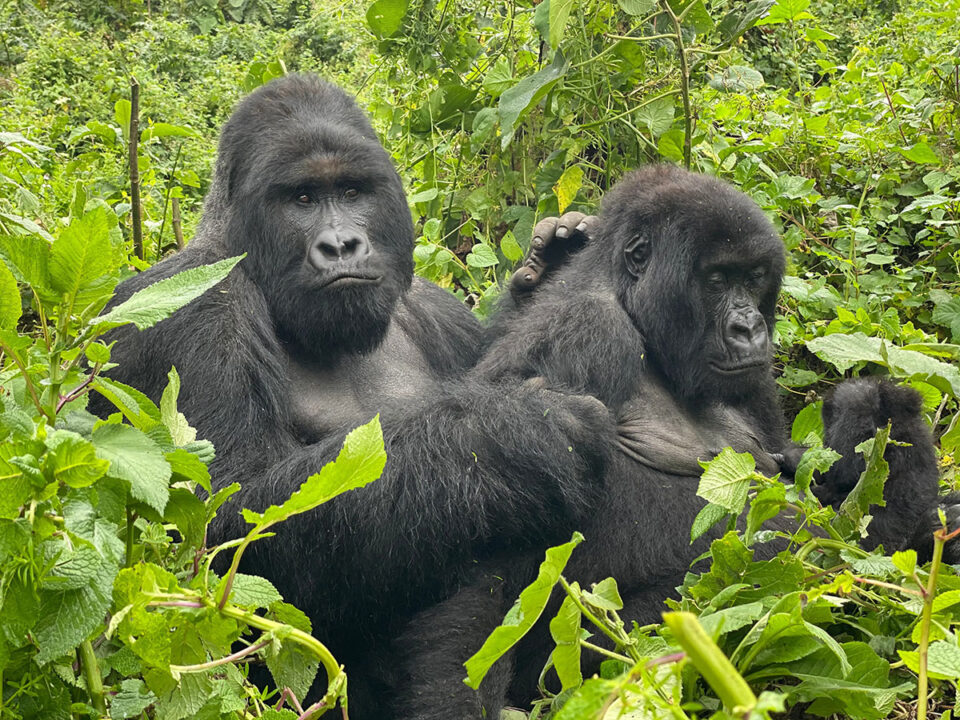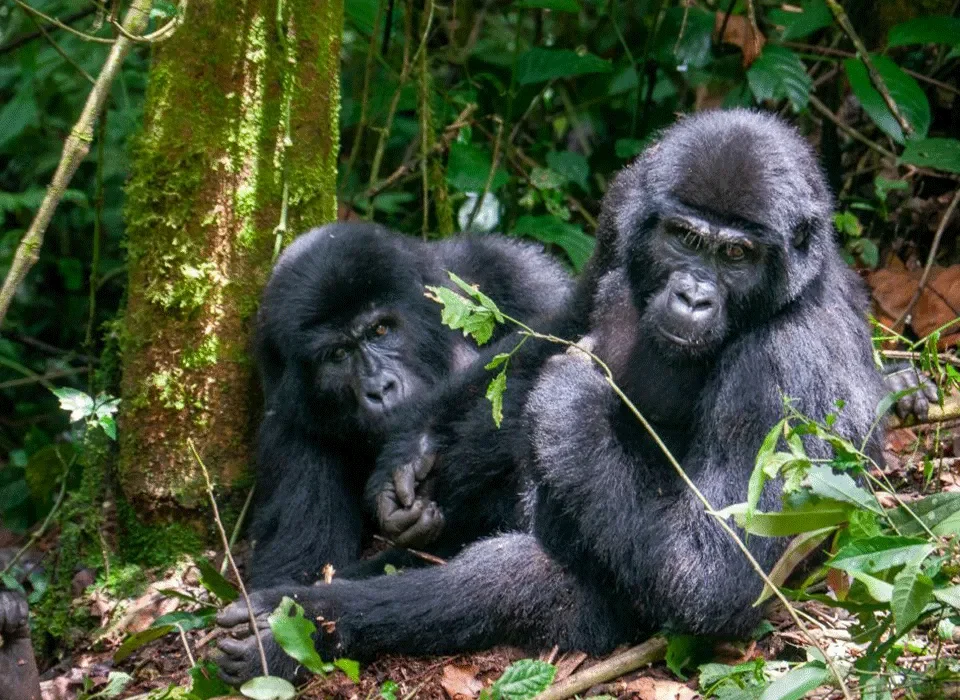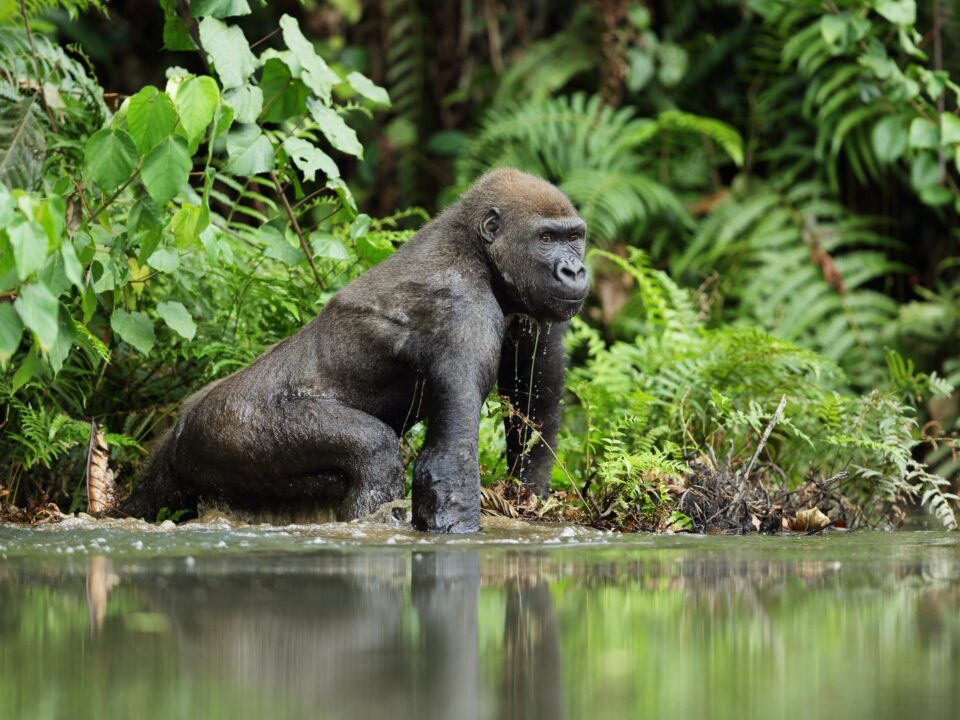After Seeing Mountain Gorillas in Uganda, What is else?

Customized Uganda Tours
February 16, 2024
Discover Uganda’s Mountain Gorillas on a Budget
February 16, 2024After Seeing Mountain Gorillas in Uganda, What is else? – Beyond Mountain Gorillas: Exploring Uganda’s Rich Primate Paradise
After Seeing Mountain Gorillas in Uganda, What is else? — Once you’ve marveled at the majestic Mountain Gorillas in Uganda’s Bwindi Impenetrable National Park and Mgahinga Gorilla National Park, you might find yourself wondering, “What else?” Mountain Gorilla tracking often takes precedence on travel bucket lists for an African safari, requiring more effort, time, and expense than a traditional safari. However, the adage holds true: you get what you pay for.
Mountain Gorilla Habitat
Only two populations of Mountain Gorillas remain globally. The first thrives in the Virunga Volcanic Mountains of Central Africa, scattered between Uganda, Rwanda, and the Democratic Republic of the Congo. The second population resides deep within Bwindi Impenetrable Forest. Recent results reveal that the mountain gorilla population in the Virunga Mountains has grown from 480 in 2010 to 604 as of June 2016.
Coupled with a separate Mountain Gorilla population in Bwindi Impenetrable Forest National Park in Uganda, the total number of Mountain Gorillas surpasses 1,200 individuals. This population increase can be attributed to the introduction of park rangers, veterinary care, community support projects, and regulated tourism.
Encounters with Other Primates
For lovers of primates, Uganda is a dream destination. Mgahinga Gorilla National Park is not only home to Mountain Gorillas but also houses another endangered species: the Golden monkey. These comical, furry monkeys inhabit the bamboo forests at higher altitudes. While tracking Golden monkeys is similar to the experience with Mountain Gorillas, the trek itself is less challenging.
In Bwindi Impenetrable Forest, you may encounter L’hoest monkeys, Grey-cheeked mangabeys, and Blue monkeys. Kibale Forest National Park steals the spotlight with its vibrant Chimpanzee population. Murchison Falls National Park is home to Patas monkeys, while Queen Elizabeth National Park boasts Blue monkeys and Red-tailed monkeys.
Mountain Gorilla Environment
Living in the cloud forests at altitudes ranging from 2200 meters to 4300 meters, Mountain Gorillas inhabit an awe-inspiring environment. The lower slopes are covered in dense vegetation, a mix of bamboo, ferns, and gallium vines. As you ascend, the undergrowth thins out, revealing misty, damp conditions that can be quite cold depending on the season. Mountain Gorillas move between subalpine regions, feeding on scenario trees during specific times of the year.




